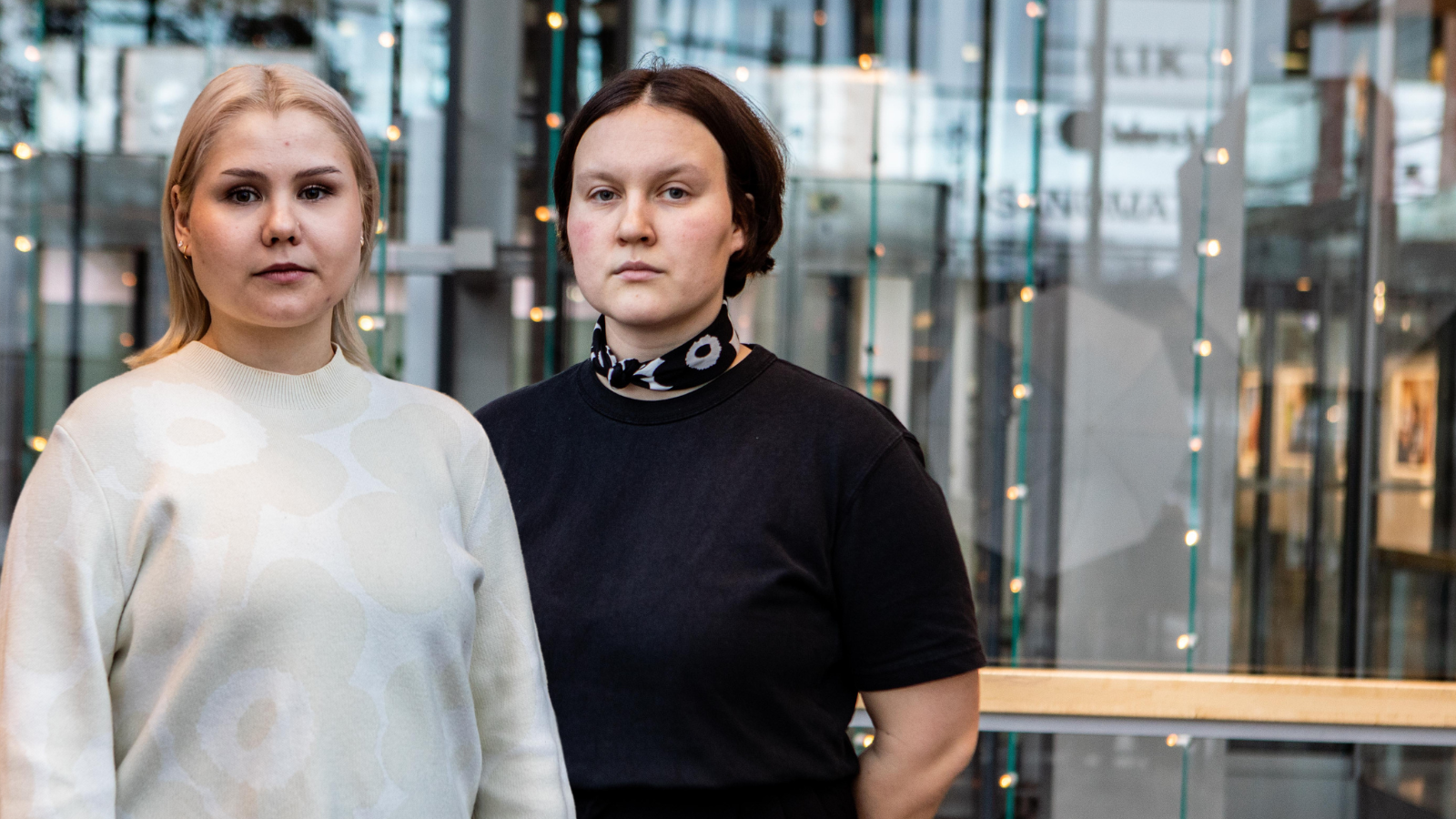There is a lot at stake in the parliamentary elections, since, at least according to the proposal by the Finnish Ministry of Finance, the savings that should be made amount to over EUR 6 billion. This spring, leading up to the elections, we have seen various proposals on how to solve the sustainability deficit. As could be expected, the viability of the proposals varies greatly. Many of the proposals completely ignore the dynamic effects, meaning the consequences of the policy actions. Whether this is intentional or not, it is hard to say, but that is why we wanted to provide decision-makers with a list of sure-fire ways to destroy the future. Feel free to use them!
1. Drowning young people and students in debt
Higher-education students are really struggling to get by. Inflation is running rampant and interest rates are rising. The amount of student debt has more than doubled in just a few years, and it is still on the increase. If this is allowed to continue, the young generation will become irrevocably indebted and will not be able to complete their studies, start a family or buy a home. This can only be prevented by improving student welfare and increasing the amount of student financial aid by a hundred euros.
2. Destroying dreams of studying by implementing fees
Finland stopped being a model country for free education in 2016, when tuition fees for students from outside the EU or EEA were introduced. However, that was not enough for everybody, and various ways of making studies subject to a fee have been suggested since. This is an excellent way of making sure that the degree of education cannot be increased and that social mobility can no longer be promoted through education. Higher education is already something that runs in certain types of families, so why not really make sure that it stays that way. What would Finland do with highly educated residents when there’s a lack of skilled labour, anyway? Hey decision-makers, keeping higher education free is a significant choice worth making in the future, too.
3. Not helping young people with their mental-health issues
Student mental health has been on a steep decline throughout the 21st century. Half of young people are worried about their well-being and welfare. There is no light at the end of the tunnel that is the current mental health crisis. Bleeding students dry during their studies does not help solve the lack of skilled labour. We students have tried to keep going even when we haven’t had the energy, but that just doesn’t seem to be enough. This downward spiral could be stopped through concrete measures included in the government programme, alleviating the mental-health crisis. For example, providing the Finnish Student Health Service with more core funding would be a great first step in the right direction.
4. Destroying the financial base of higher-education institutions, bidding farewell to science
Without top-quality higher education and research, Finland would be a backwater country smelling of pulp. Even though the state has the laudable goal of having half the young age group obtain a higher education degree by 2030, currently, higher education is woefully underfunded and achieving the goal is not even remotely possible. Instead of providing more funding, the number of starting places has been increased, and instead of long-term development of higher education, individual projects have been implemented. The change negotiation card is being played over and over again, and administration has already been incapacitated. If the core funding for higher-education institutions is not increased, we must prepare ourselves to bid a quick farewell to science and face the fact that Finland will be ruined. Higher-education institutions are in desperate need of more core funding – and should be provided with it.
5. Closing the borders and toppling the population pyramid
Finland needs specialists and workers from abroad to prevent the dependency ratio from being reversed. The number of people aged between 20 and 69 in Finland is projected to decrease almost annually until the 2070s. Without education- and work-based immigration, work will be left undone, the lack of skilled labour will remain unsolved, and the elderly will be left without care. You tell your grandmother why she doesn’t deserve care. To address the issue, the number of international students must be tripled, their integration into society promoted more effectively, and their cost burden lightened.
6. Eliminating growth opportunities, halting the green transition
Finland will achieve international success like that gained with Nokia if we keep striving towards the goal of making the country carbon neutral by 2035. You don’t even have to be interested in the fate of the Saimaa ringed seal or melting ice caps to understand that we are talking about Finland’s growth. A society that is free of fossil fuels is also free of Putin. It is intellectually lazy to claim that Finland, as a country with a high degree of education, should not attempt to be at the forefront of the green transition. However, even having a high degree of education will not mean much if we destroy the entire planet because of our own stupidity. So, let’s forget all the whining about climate matters and show some ambition!
Fortunately, Finns rely on scientific knowledge and have the ability to think ahead. This is the work that we want to promote. It will soon be the time of forming a government and setting the direction in which Finland is to head in the next four years. Let’s just hope that the direction is the right one!
Further information:
Lotta Leinonen
President, SYL
044 906 5004
lotta.leinonen@syl.fi
Joonas Soukkio
President, SAMOK
050 389 1000
joonas.soukkio@samok.fi




